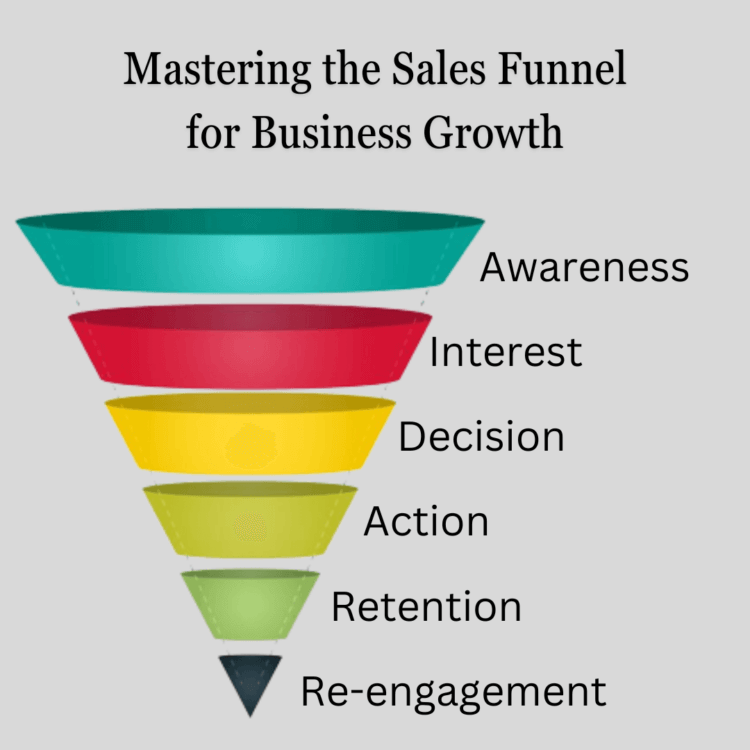Understanding the Sales Funnel
1. Lead Generation: Widening the Net
At the top of the funnel, you cast a wide net to attract potential customers. This is the awareness stage, where you create visibility for your products or services. Lead generation is like drawing people into your store; you want to pique their interest.
A well-designed sales funnel leverages various marketing channels, such as social media, content marketing, SEO, and advertising, to bring in potential customers. You aim to capture their attention and guide them down the funnel.
2. Lead Qualification: Sorting the Wheat from the Chaff
As leads progress through the funnel, they get filtered and sorted based on their level of interest, budget, and fit with your offerings. This step ensures that your sales and marketing efforts are focused on leads that are most likely to convert into customers.
Lead qualification saves you time and resources. Rather than chasing every lead, you concentrate on those that have a genuine interest in what you offer. This is where businesses often employ lead scoring to prioritize and nurture high-potential leads.
3. Lead Nurturing: Building Relationships
The middle of the funnel is where relationships with leads are nurtured. This is where you provide them with valuable content, address their questions and concerns, and build trust. It’s a crucial stage for convincing potential customers that your product or service is the solution they’ve been looking for.
Effective lead nurturing requires personalized content, excellent customer service, and a clear understanding of your customers’ needs and pain points.
4. Conversion: The Ultimate Goal
At the bottom of the funnel, the leads are converted into paying customers. They have passed through the stages of awareness, interest, consideration, and intent. This is where they make the purchase or commit to your services.
Conversion is the ultimate goal, and the culmination of the funnel. This is the point where you see a return on your marketing and sales efforts.
5. Customer Retention: It Doesn't End Here
How a Sales Funnel Benefits Your Business
Efficiency:
Improved Customer Understanding:
Measurable Results:
Predictable Revenue:
Personalized Marketing:
Customer Retention:
Optimization:
By analyzing the funnel’s performance, you can continuously optimize your sales and marketing strategies, ensuring that they are effective.
In summary, a sales funnel is a crucial tool for businesses to guide leads through the buying process, improve customer relationships, and boost revenue. It provides a structured and data-driven approach to sales and marketing, helping businesses better understand, attract, and convert their target audience. If used effectively, a sales funnel can propel your business to new heights of success. So, if you haven’t already, consider implementing one for your business today.










No Comments
Leave Comment